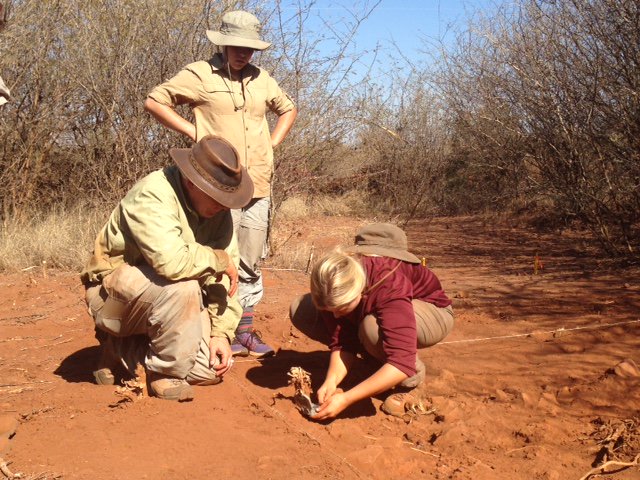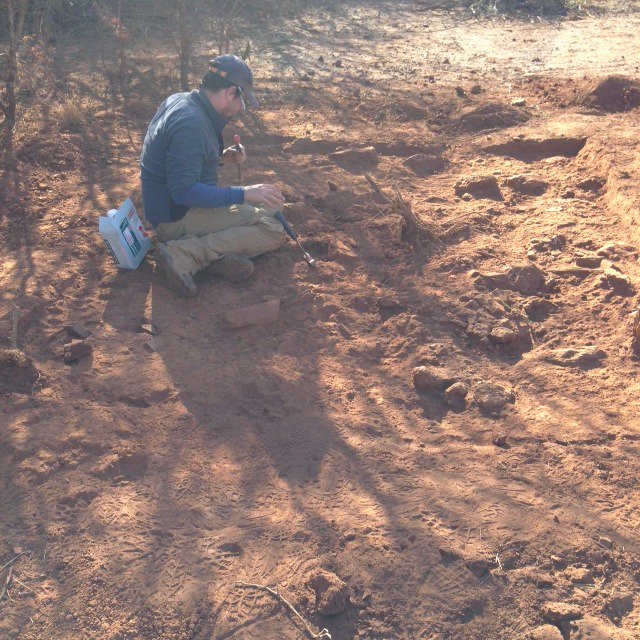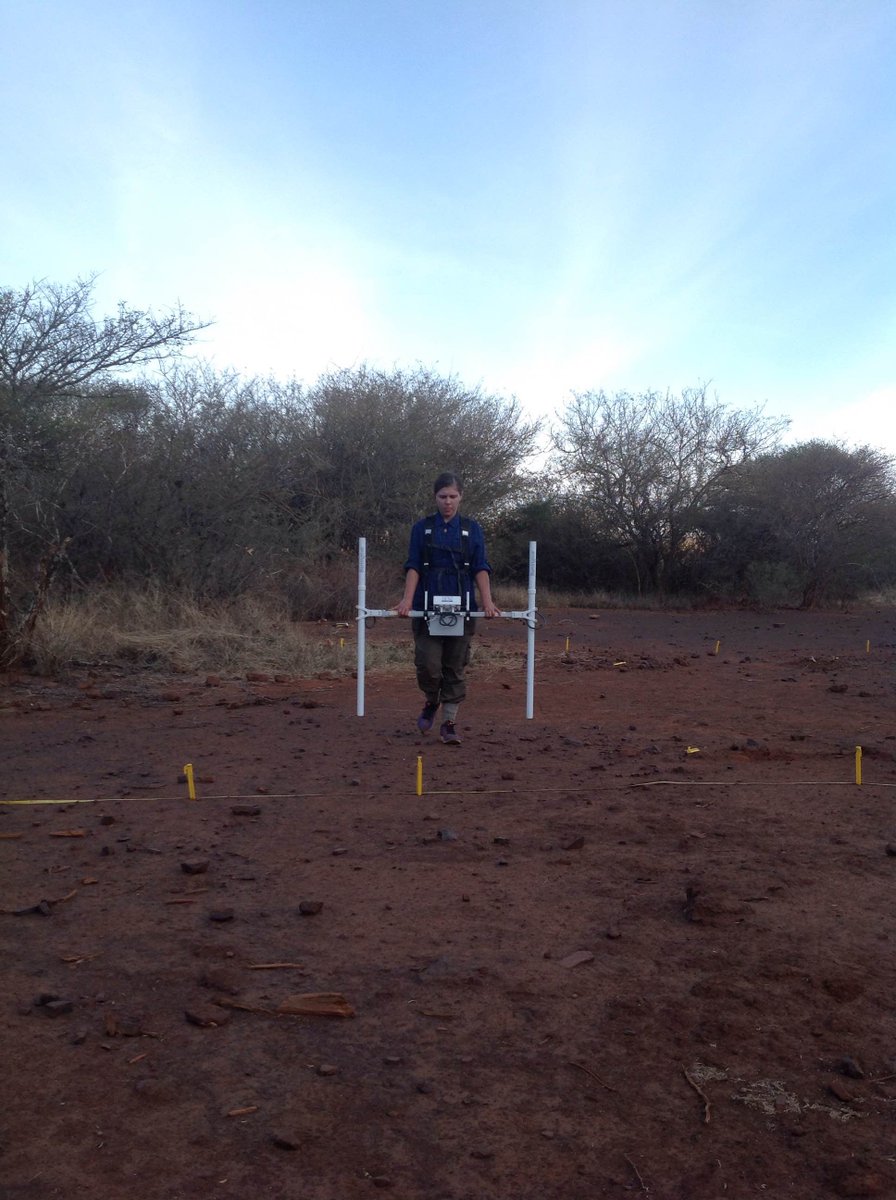Recent Field Work
Southern Africa
Iron Age (300-1800 AD) Geomagnetic Paleointensity of Southern Africa
The precipitous decay in Earth's dipole magnetic field since 1840 is a robust feature defined by magnetic observatory data. The drop is related to the low intensity South Atlantic Anomaly (SAA) which may be in turn driven by the growth of a prominent reversed flux patch off South Africa. Dipole history prior to the era of modern observatory measurements is uncertain because of the near lack of archeomagnetic data from the Southern Hemisphere. We are working to retrieve a paleointensity record for the Southern Hemisphere using Iron Age (300 to 1800 AD) ceramics of southern Africa. We hope to combine these new data with magnetic directions obtained from analyses of oriented archeological materials and other field strength measures using new techniques. Ultimately, we hope to produce magnetic records that can be used to test existing geomagnetic field models and contrasting interpretations of the long-term nature of the modern dipole decrease. Our collaborators on this project are Professor Michael Watkeys (KwaZulu-Natal University, South Africa) and Professor Thomas Huffman (University of Witwatersrand, South Africa).
Field work was first conducted in 2008 to assess potential archeological sites south of the Limpopo River, South Africa. We have since returned to collect burned grain bins, hut floors, kraal and tuyere.

Excavation with Prof. Tom Huffman.

Learning to use a compass to orient samples.

A long day uncovering the Iron Age... and covered IN the Iron Age

Collecting the oriented samples.

One. More. Survey.